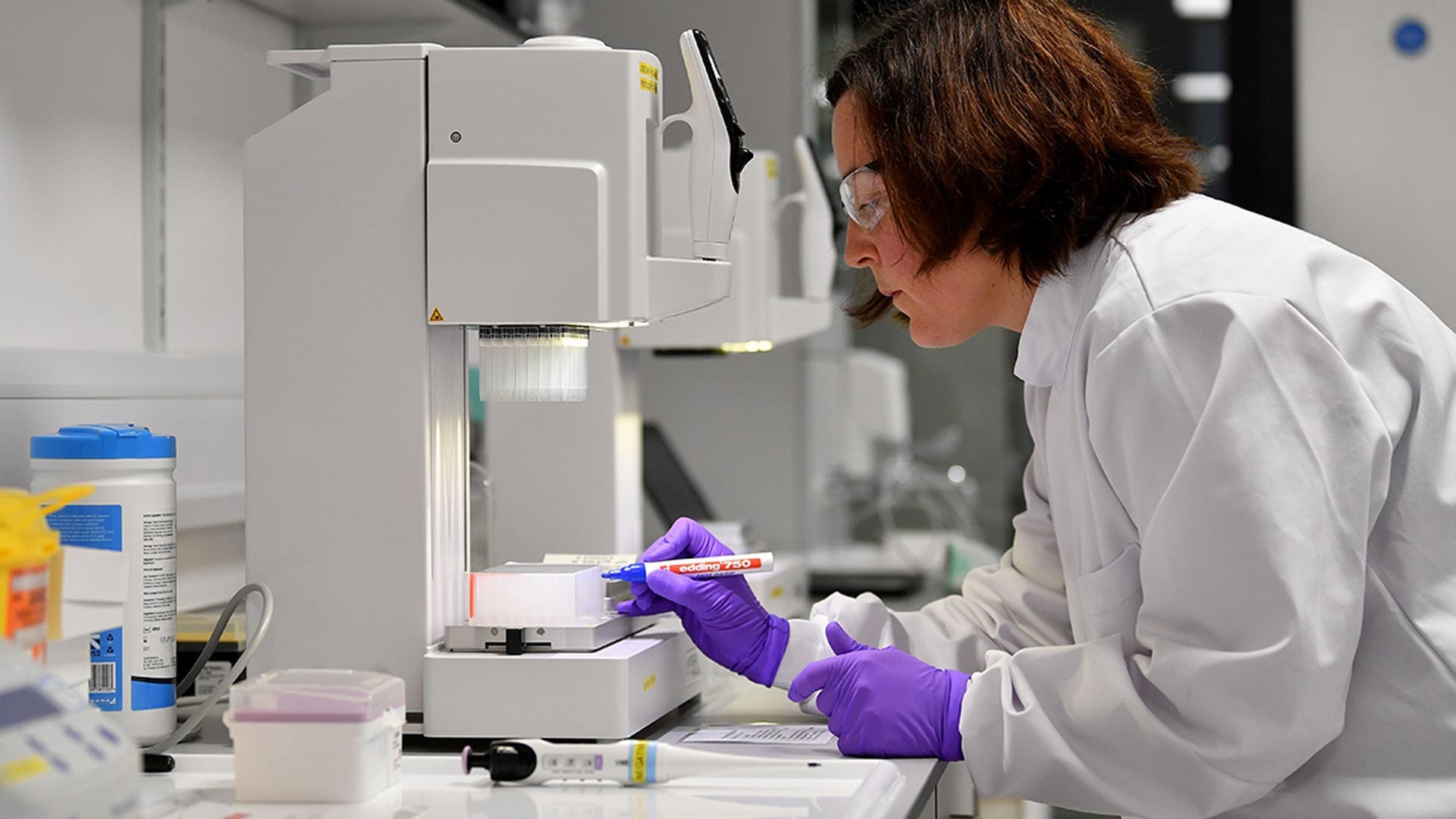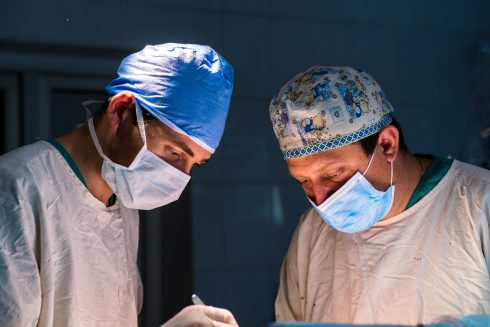A Spanish university is leading the way in a revolutionary new X-Ray technique that could revolutionise the medical sector.
The Autonomous University of Madrid (UAM), the Complutense University of Madrid and the University of Herriot Watt (Scotland) have been working to develop a fast and accurate alternative to existing x-ray methods.
The new technology involves using ultra intense nano particles to highlight areas inside the body.
These nano particles are activated by the use of low intensity lamps, causing them to ‘light up’ enabling them to be captured on camera.
“These nanoparticles absorb and emit light in the infrared, where human tissues are partially transparent, allowing light to pass through,” explains Daniel Jaque García, from the Fluorescence Imaging Group of the UAM.
The aim of he research is to do away with existing x-ray methods, providing a non-toxic and zero radiation way to examine for life threatening conditions inside the body.
The new technology will also be cheaper, easier to use and faster than current x-ray machines, making diagnosis’ much more effective.

So far, the scientists have used animal subjects to test the new thermal imaging with extremely positive results.
Their most successful test came when scientists were able to work with veterinary experts to gather high resolution images of a cardiovascular system using only the new method.
“We employ conventional nanocharacterization techniques and design animal experiments to demonstrate their great potential as cardiovascular probes,” said Garcia.
Although in its early stages, the new technology could help improve current thermal imaging techniques, regularly used in the diagnosis of many common illnesses, including COVID-19.
Recently, Olive Press editor Jon Clarke was given a full body ‘MOT’ at Bodyworks, the Costa del Sol’s leading thermal imaging centre.
Click here to read more Health News from The Olive Press.








